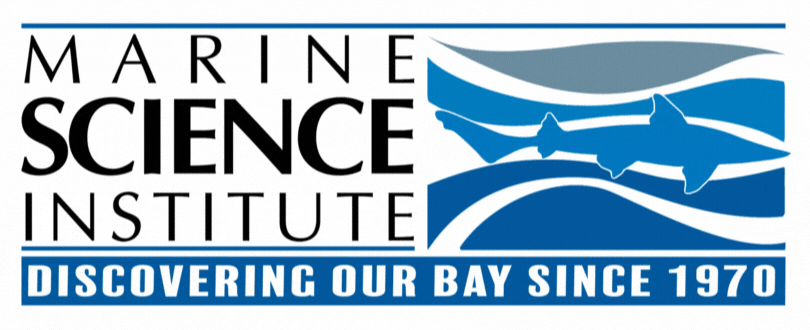
It’s that time of year again when the Marine Science Institute’s school education season ends giving way to the carefree days of summer vacation, which is the perfect time to delve deeper into some homegrown environmental education.
As a parent of four children, I am always on the lookout for topics that springboard from the classroom into richer, more creative learning opportunities at home. My children and I usually pick a theme or two that become our summer’s overarching focus – such as frogs – and then we do projects, crafts and experiments surrounding that topic.

For our “frog summer” we:
Read about the deformed frogs school children found in Minnesota.
Learned about the frog live cycle. There’s plenty of videos on YouTube. Here’s a few: Realistic video and cartoon version.
Raised tadpoles to frogs using a Raise-A-Frog kit. Then we set them free.
Created picture books and journals about our tadpole’s journey to becoming a frog.
Read books about frogs, like “Frog and Toad” by Arnold Lobel.
Made origami frogs and held jumping contests and races. Here are the directions and video for making the origami frogs.
Did Frog Math. Google “Frog Math” for learning sheets combining math and frogs.
Concluded with a trip to our Iowa farm, where we surveyed the frogs in the pond looking for deformed frogs. I’m happy to report all the frogs we observed were healthy!
For your family’s summer environmental education fun, there are numerous themes to choose from, such as dinosaurs, bees or bats (all my family’s favorites). One idea is to focus on a school topic your child found exciting or let them make a suggestion. Then delve in deeper -- going beyond the limits of the classroom! Luckily, there’s plenty of free projects and activities on the Internet. Just search your topic and find age-appropriate activities. And remember to get out in the environment!

One of my favorite listings is from TeachHeart.org. Here they’ve compiled ten eco-friendly summer activities for kids. One activity includes making mud-brick houses out of homemade, mini-bricks. Children make the bricks by mixing mud, clay and grass clippings. Ice cube trays serve as the molds. For a super cool version, my children use ice cubes to make mini-ice houses or mini-igloos. Use water sprayed from a spray bottle for the mortar.
Three additional activities for my children enjoy on hot summer days include:
Bobbing for Apples – A perfect stay cool activity! Each child is given a plastic storage bin filled three-fourths with water. Several apples are placed in each bin. With swim suits donned, the children race to see who retrieves all the apples first. I use storage bins similar to this one.
Ice Castles – For this activity, fill a variety of different sized, freezer-proof containers with water and freeze. Once frozen, children use these large, middle and small frozen ice-shapes to build an ice castle or igloo for them to play in. My children were always content to build just one wall of the castle, since it takes a lot of blocks. To make the ice blocks stick together use water sprayed from a spray bottle as the mortar. Mittens are recommended to keep little hands from freezing while handling blocks. Remember to do this activity where the water can melt; preferably where the water runoff waters plants.
Arctic and Antarctic Habitats -- If you have access to a pool, this activity is one of my children’s favorites. Fill (1/2 full or slightly less) several freezer-proof pans about the size of a 9 x13 inch cake pan with water and freeze. Ideally, one for each child. Once frozen carefully remove the frozen water from the pan without breaking it. Next, give each child (when they are in the pool) an ice island along with plastic animals to live on their island. Bonus points if the animals are from the Arctic or Antarctic habitats. A perfect springboard into a discussion about habitats.
I hope you and your family have a wonderful summer filled with environmental learning.

Denise Mohsenin serves as the link between Marine Science Institute and the education community. She enjoys helping schools and teachers bring marine science and environmental literacy to their students. Her current favorite fish for teaching is the starry flounder. Ask her why at denise@sfbaymsi.org.





